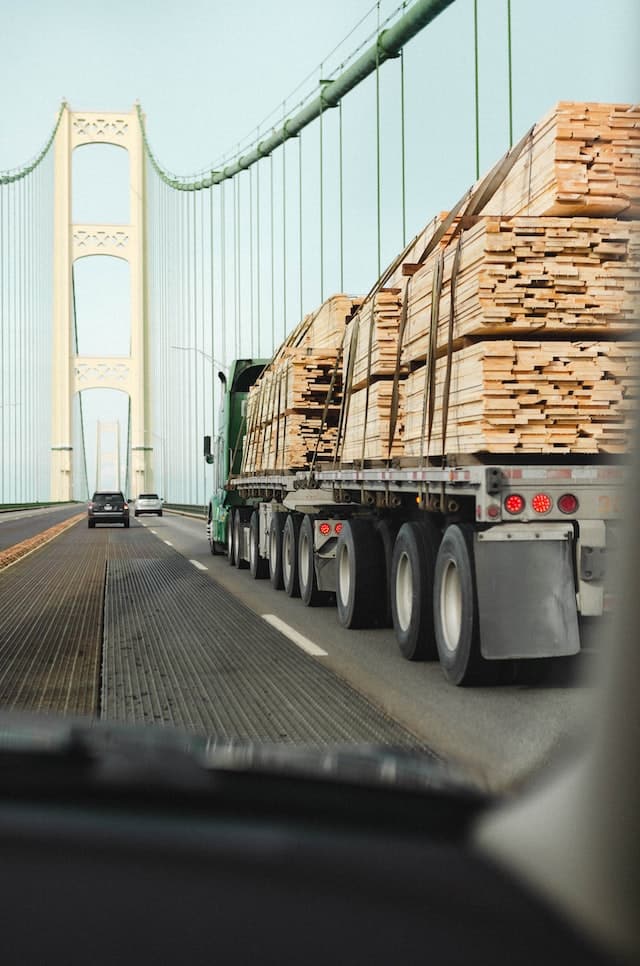
Driving on a bridge can be different than driving on regular roads, here are some things to keep in mind:
- Height restrictions: Some bridges have height restrictions and may not accommodate taller vehicles such as trucks or buses. Be sure to check for posted height restrictions before driving onto a bridge.
- Wind conditions: Bridges are more exposed to wind than regular roads, so be prepared for stronger winds when driving on a bridge. High winds can make it difficult to control a vehicle, so slow down and use extra caution.
- Narrow lanes: Bridges often have narrower lanes than regular roads, so it’s important to stay in your lane and avoid sudden lane changes.
- Limited visibility: Bridges often have limited visibility due to their construction. Be sure to check for any blind spots and use extra caution when merging or changing lanes.
- Ice and snow: Bridges are more prone to freezing temperatures and can be slippery when icy or snow-covered. Slow down and use extra caution when driving on a bridge in cold weather.
- Toll booths: Some bridges have toll booths, be sure to have the necessary change or toll card ready before approaching the booth.
- Special rules: Some bridges may have special rules or regulations, be sure to check for posted signs or follow the instructions of the bridge attendant, if there is one.
- Maintenance: Bridges may be closed for maintenance or repair, be sure to check for posted detours or closures before driving onto a bridge.

Overall, it’s important to be aware of the unique conditions and potential hazards when driving on a bridge, and to adjust your driving behavior accordingly to ensure a safe and smooth journey.
